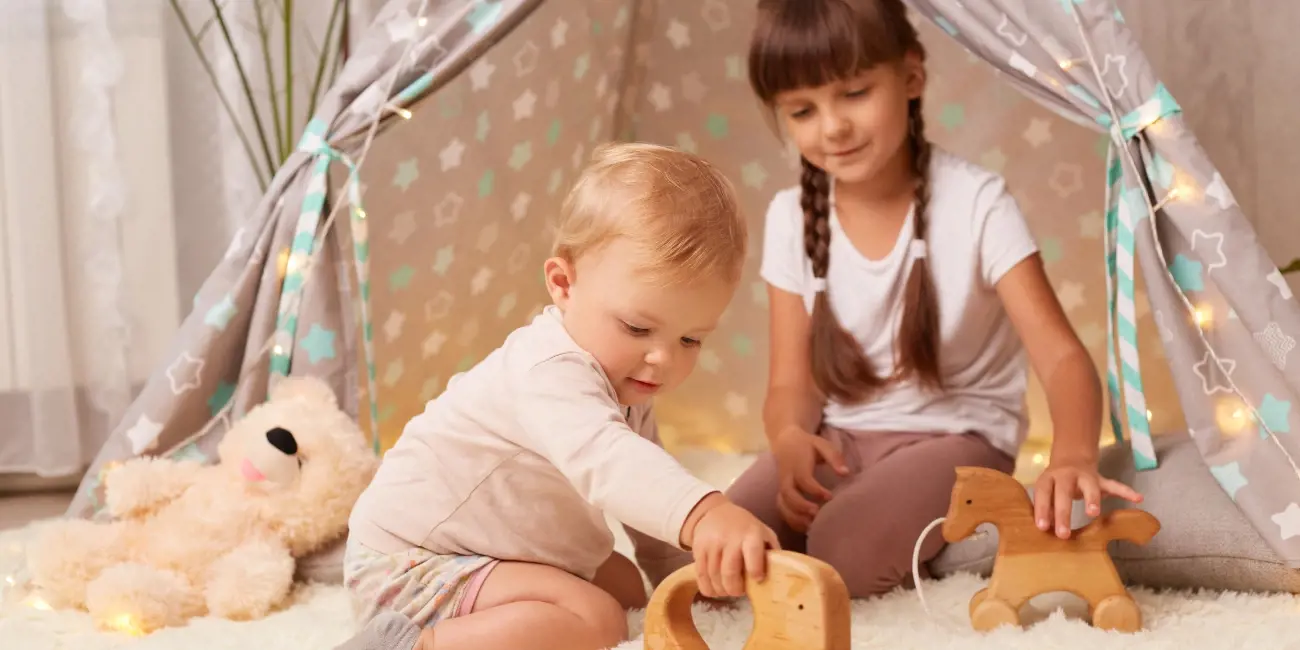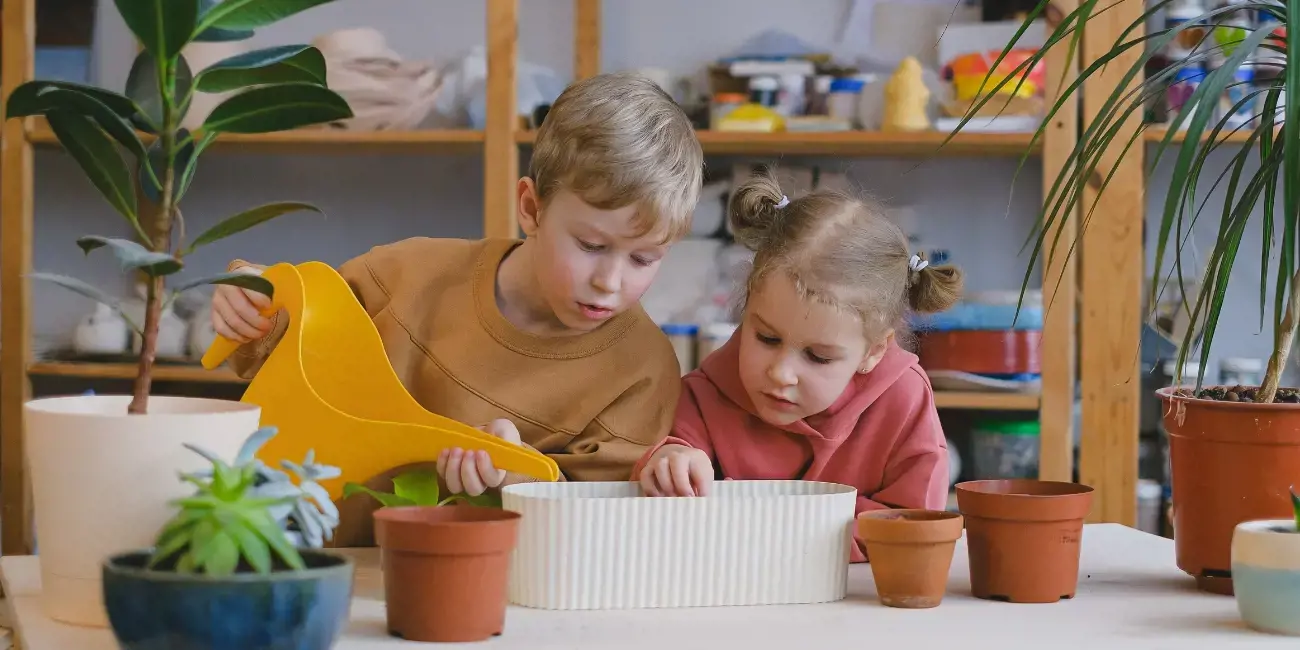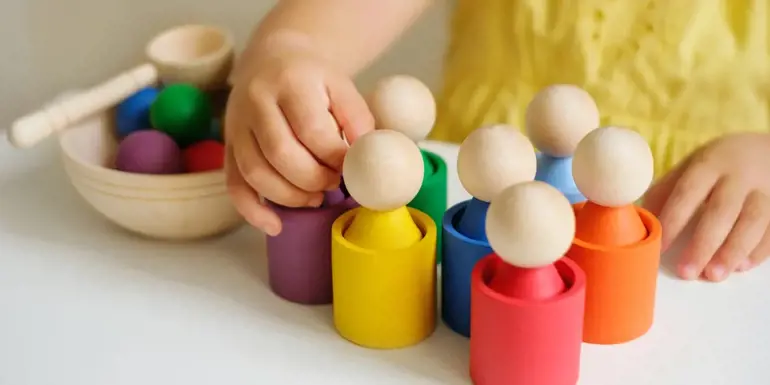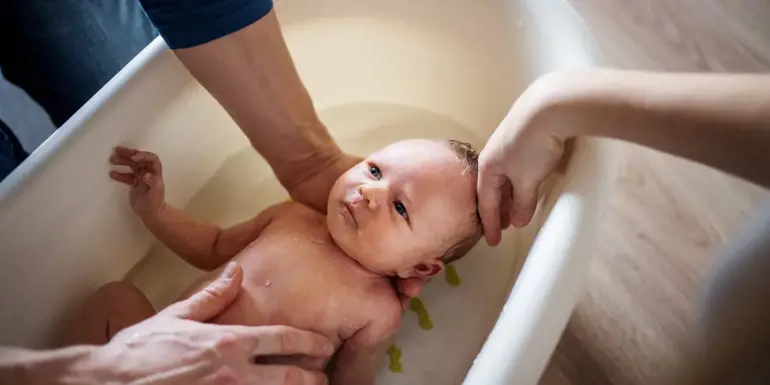‘Curiouser and curiouser!’ is a phrase that evokes the magic of Alice in Wonderland, and in the real world, The Curiosity Approach is transforming early childhood settings into magical places for under-fives.
Here we explore the thinking behind this approach and learn how a beautiful environment can benefit the children in it.
What is the inspiration behind The Curiosity Approach?
The Curiosity Approach has its roots in England and was created by a pair of early childhood experts called Lyndsey Hellyn and Stephanie Bennett.
These women run six nurseries in the Midlands, and took inspiration from the Reggio Emilia, Montessori, Steiner and Pikler philosophies, along with New Zealand’s Te Whãriki early childhood curriculum, when creating The Curiosity Approach.
The result is a modern approach which aims to ignite passion, awe and wonder back into children’s play by transforming early childhood settings into enlightening and aesthetically-pleasing environments that ‘let the learning shine through’.
What are the hallmarks of a Curiosity Approach play space?
The Curiosity Approach says that an early childhood setting, ‘Should feel like an extension of home and not a watered-down version of school.’
Soft furnishings, cushions and curtains help children feel a sense of belonging, and there’s a place for things like vintage armchairs, velvety rugs and soft lamps. The overall feel is muted yet magical and busy but uncluttered.
There’s a move away from brightly coloured rooms, plastic resources and manufactured toys. Instead, The Curiosity Approach advocates for calm, neutral spaces, with a focus on loose parts, open-ended resources and natural, recycled and ‘authentic’ materials.
Early learning services emulate the atmosphere of a ‘wondrous children’s museum’, with natural light, plants, order and beautiful pieces.
Children are encouraged to see items as ‘objects of curiosity,’ each with their own mystery and story, so things like pretty teapots, old typewriters, woven nests and intriguing photo frames populate the play space, along with traditional items, like picture books and wooden stacking rings.
All in all, Curiosity Approach settings are designed with heart, soul and passion, and in these spaces children have their emotional, physical and developmental needs met in a wondrous way, rather than an over-stimulated one.

How does a beautiful environment benefit children’s learning?
The founder of the Reggio Emilia approach, Loris Malaguzzi, identified three teachers of children – adults, other children and their physical environment – and The Curiosity Approach reinforces this view of the child care setting as a key educator.
There’s the idea that these visually appealing, ‘enchanted pockets of learning’ encourage children’s natural sense of wonder and exploration. In these spaces:
- Youngsters’ imaginations are sparked and developed
- They discover new and meaningful ways to look at things and
- They’re inspired to, ‘Have fun, be curious and make a difference’ as they learn.
A growing number of educators are converts to The Curiosity Approach and they say these tranquil, spacious and homely playrooms provide great opportunities and outcomes for children. One nursery director describes the impact as ‘phenomenal’ and says, ‘It’s so much calmer now and the children are more engaged.’
What does The Curiosity Approach offer parents?
The Curiosity Approach teaches educators how to transform child care settings from ordinary to magical through an accreditation program, but there’s no reason why parents can’t adapt these ideas to the home.
The Curiosity Approach website has lots of before and after photos to give you some interior design inspiration, and if you like the look of those indoor plants and natural tones, and like the sound of Curiosity’s educational benefits, then this approach could would work wonders in your child’s nursery or playroom.



































